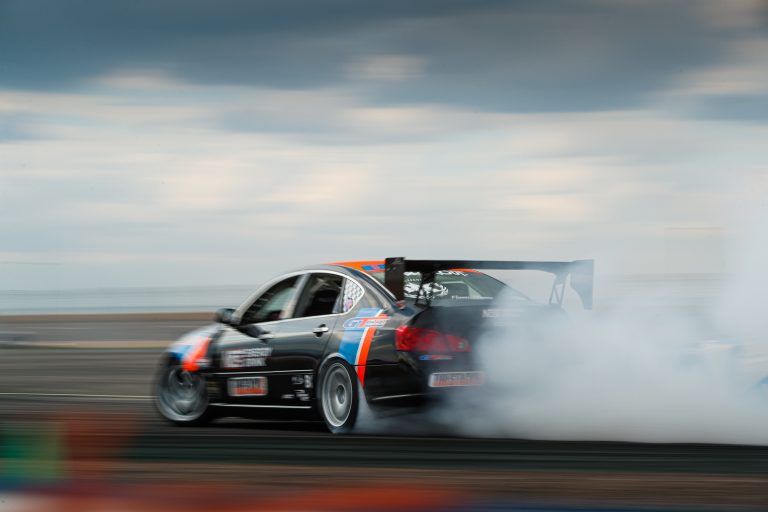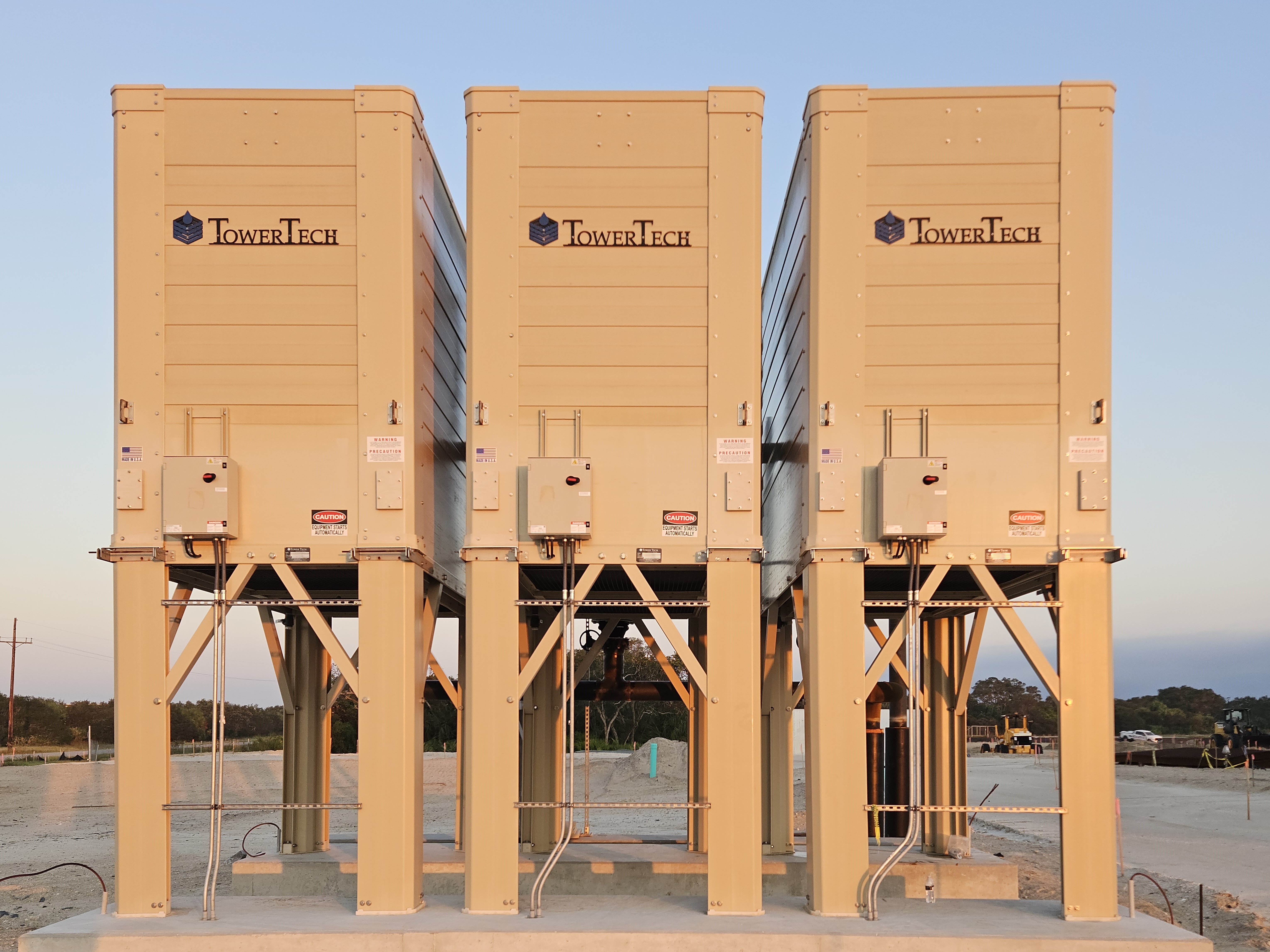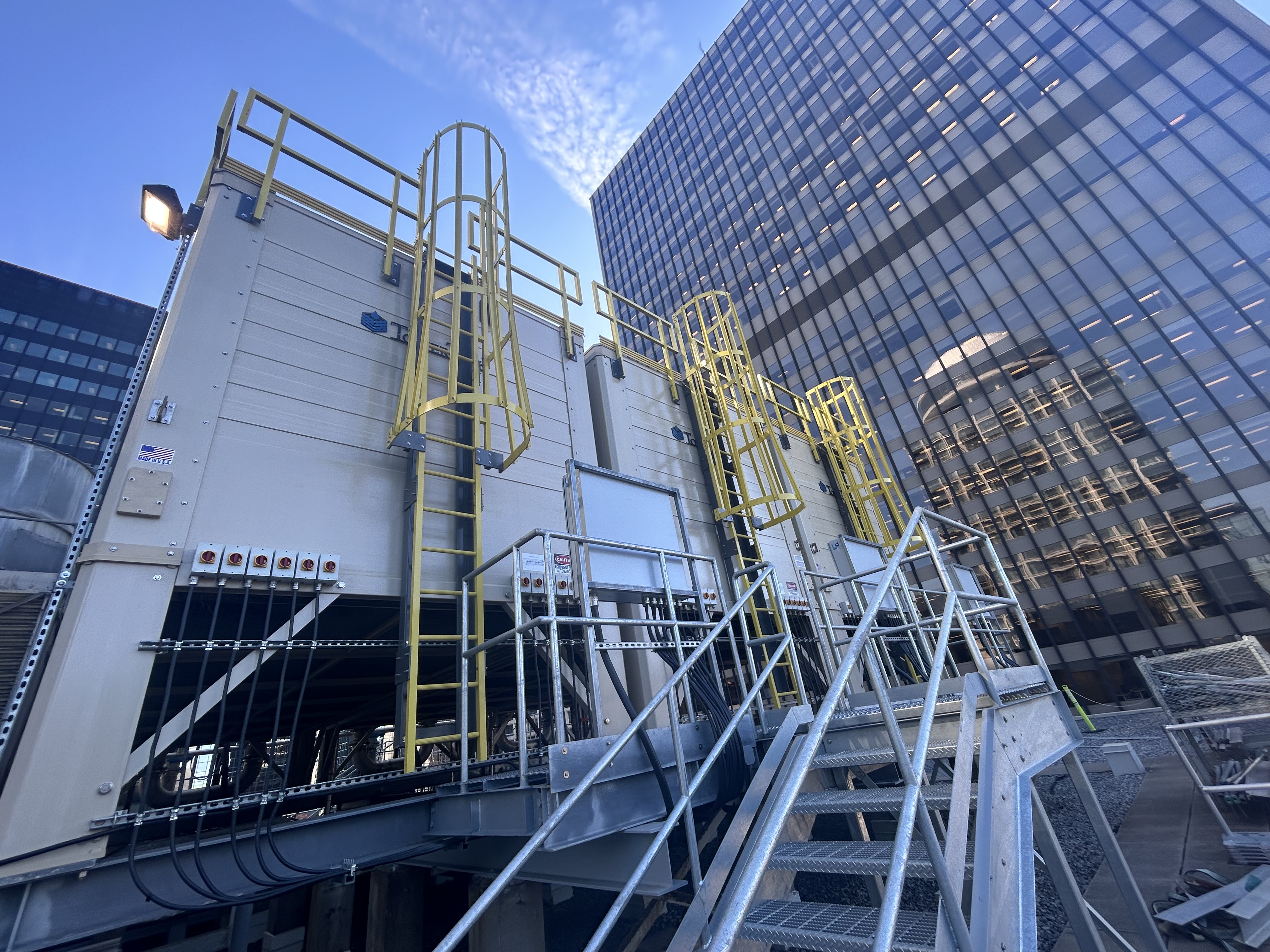
Formula Drift aka Formula D is a U.S.-based motorsport judged on line, angle and style. NASCAR drivers avoid the technique because it can steel seconds from potential speed records. For Formula D racers, drifting—the degree to which a car slides in a turn while maintaining consistent speed—is how drivers score winning points. The more flash, smoke and burned rubber, the higher the score.
Cooling towers also produce drift, but the by-product doesn’t earn any points. Drift water has the same chemical composition as a tower’s circulating water and typically contains high salt concentrations, particulate matter and bacteria like Legionella. Because drift is heavier than air, the salt and chemical deposits it leaves can erode cooling tower equipment, insulators for high-voltage lines, vehicles and building fronts. Drift can pollute water sources and is equally hazardous to people.
In North America, there are more than 2 million cooling tower systems. The equipment is used by the power generation market, data centers, commercial buildings, oil and gas and chemicals manufacturing. Universities and hospitals also employ technology as a key component of their air conditioning systems.
Conventional cooling tower manufacturers attempt to control the contaminant with drift eliminators. The mechanism works by deflecting water droplets back into the cooling tower, but even the best designs can’t contain 100 percent of toxic drift.
The certified safety rating of drift eliminators ranges between 0.005 percent and 0.002 percent of the circulating water flow rate. To the layperson, these percentages sound like minuscule amounts. But the math tells a different story.
A 1,000-ton cooling tower installed in an average-sized building will emit 216 gallons of drift—enough to destroy the paint job on a car. If you multiply that amount by 365 days, 216 gallons becomes 80,000 gallons of hazardous drift or the contents of four backyard swimming pools dumped on nearby equipment, cars, buildings, and people.
Tower Tech’s Fiber Reinforced Polymer (FRP) modular cooling tower uses a proprietary closed Flow-Thru Basin unlike conventional open louvered and/or open basin designs. Sunlight can’t enter Tower Tech’s closed basin configuration. This deters algae growth which is predominantly photosynthetic. Stopping algae in its tracks is important because it can serve as a food source for bacteria, including the protozoa known to harbor Legionella. The closed Flow-Thru Basin prevents remaining debris from settling. A higher velocity flow of ~5–7 fps also keeps bacteria from attaching to surfaces, short-circuiting the formation of biofilm and making biocides more effective.
High-efficiency drift eliminators are another key step in controlling drift. Tower Tech’s drift eliminator uses a three-pass, sinusoidal-shaped wave configuration. Three forced changes in airflow direction help to prevent the escape of water particulates. This feature, coupled with lateral-spraying nozzles that reduce the bounce action of water droplets off the leading edge of the fill media surface, act to further minimize dispersion of the harmful by-product.
Windage is also problematic when working to prevent drift. In open reservoir designs, an idle tower fan can set the stage for a reverse airflow condition. Circulating water (as in free cooling) droplets can become entrained in the air, exiting the tower at the reservoir air intake opening. Tower Tech’s Bottom Mounted Fan technology results in lower exiting air velocities and less drift
The features of Tower Tech’s patented technology and unique modular cooling tower have been engineered to minimize drift dispersal. Our industry-leading drift rate of 0.0004 percent is a reduction of up to 92 percent compared to industry cooling towers with a drift rating of only 0.005 percent. Sadly, it’s a percentage many users of conventional cooling towers find acceptable.
Are you developing plans to install your next cooling tower? Contact us. We look forward to talking with you about your project.

